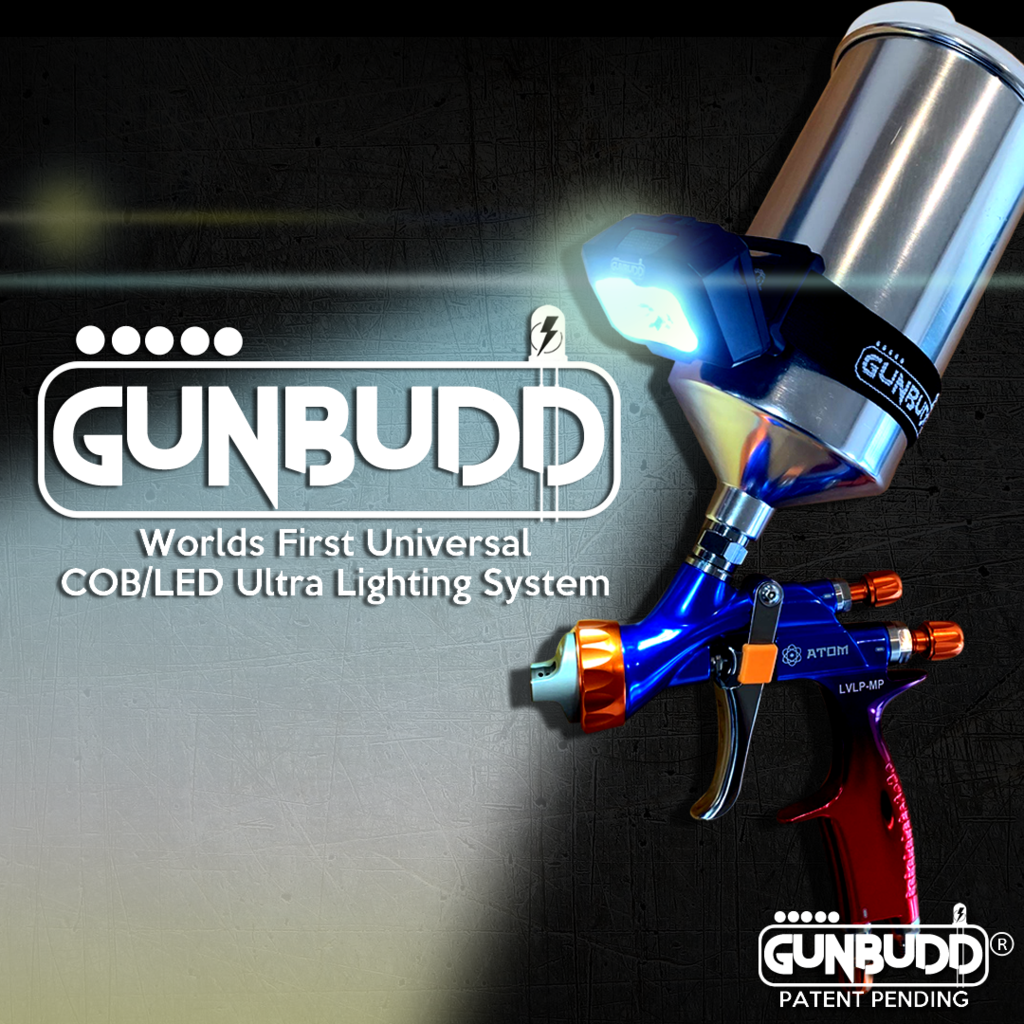What’s up, guys! Tony here from LearnAutoBodyandPaint.com and Paradice Garage. Hope you’re doing great. Hope this video helps you at “Prepping Car for Repainting – Sanding and Priming: AutoBody Q&A” and hope you enjoyed A Quick Tour at Paradice Garage! It’s super busy the past couple of weeks but we’re getting things done, in a huge way. By the way don’t forget to LIKE and SUBSCRIBE to his YT channel for Paradice Garage Update: Autobody Q&A live session and get great information to help you with your own custom paint projects! And also, check out the LearnAutoBodyAndPaint VIP Program to learn more about DIY auto bodywork and paint.
Prepping Car for Repainting: AutoBody Q&A
I’m repainting my truck the same color as it was do I need to primer the whole truck? if so what kind do I need?
It all depends if you need a primer or not based on the current paints condition. So if the paint, if whatever you’re painting over is not crazily oxidized or peeling clearcoat. Most times you could just sand it flat, meaning to get all imperfections or the paint texture flat.
So you sand it, don’t see any orange peel, it’s just a dull matte color and you could paint anything right over if you could spray because the paint is already a sealer.
Paint is a sealer. It’s a protectant and a sealer. So once you paint something, everything underneath as long as that coat is good, underneath is good as well most times.
It depends, maybe if it’s a classic car and you got like bubbling rust under it or a bubble.
It’s a different story, but it’s hard for me to explain without showing it. So once we start making videos. I’m going to be showing you more stuff, in real-time.
But you could paint right over it. You could paint a single stage over it or you could paint a basecoat clearcoat over it.
Only when you get oxidation is when you have to set a prime.
You gotta feather it out, sand it, feather it out, and then prime it. So you always also want to make sure your paint coat over primed areas, not bare metal.
It’s not good to have bare metal. You could, I’ve done it many times where you got like maybe a dime size metal or even a quarter size metal showing.
You could dust that area lightly with a base coat or single-stage, whatever you’re painting. Just spray it on and mist dust it and let it cover first and then you cover over it. Two coats then you can get away with it.
What are your thoughts on, like a 1990 original paint, the clear coat looks decent (probably sanded down over the yrs with compound, etc.) and re-coating only? to prevent future burn thru?
If you just want to sand scuff it down and reclear it, you could do that. And if you’re going to do that, you’re going to want to sand it with 800.
But because over the years, your paint naturally getting buffed out. And detailed over all those years.
The clearcoat gets thin in some areas and then you got a UV problem.
I feel that if you’re going through all the prep process to re-clear it, why not put on, get a quart.
And a half of base coat that will give you a little over a half a gallon the paint width.
Three cupfuls around the car, give or take and put some new basecoat on it. So the metallics are a little bit more shinier and it’s going to take you 30 minutes more probably 45 minutes max to put two coats of the base on it and then put two fresh coats of clear coat on.
I always tell people, if you’re going to be a re-clear coating. I mean you can and you also have the possibility of sanding through the clear coat in some areas because it’s so thin, right? That it doesn’t make sense.
So might as well just put two coats of fresh base and two coats of clear coat. Hopefully, this makes sense.

If you’re a newbie, never been on you. You can head down to LABAP.com to grab a free training on auto body and an interactive PDF manual that I made, that you can look up through the pages if you click on this color sanding and buffing picture, it’ll take you to a video on youtube.
With that video, its tons of info all in it. All linked, it’s like a book, A-Z. If you want to learn color sanding, go to the color sanding page. Click on that video and it will take you to that video on youtube like my team and I spent months creating and editing and re-editing. We just redid it when I was in Japan, in around April of last year, April, May, June. And the book is relaunched, we’ve been giving it away since 2010 and we revise it was a couple of months ago.
If you get a run in the base coat, do you sand it out before clear coat?
Yes, absolutely. You let it dry and then sand it out. Now the only problem is if it’s a solid color and if you sand the run-out and you don’t see some sort of this discoloration of the sag that you sanded or then run that you sanded it, then you’re good.
But sometimes if you ever run and if you’re running base coat, it’s not a good sign. You probably need to spray faster. You’re just going too slow because you’re not supposed to run base coat.
The bottom line like you shouldn’t have runs in a base coat so aim not to get runs in a base coat. It’s okay to get runs in your clear coat, I get it because you’re slowing down on purpose, and a lot of people, they just don’t know they just want to lay it on and they lay too much on.
So you’re going to rebase that real quick, just lightly before you clear it. So you’re going to sand the run out of your base coat or a sag, whatever it is. And before you clear it, you’re just going to hit it with your base coat, just to put fresh paint on it without running it.
That was just a quick update and we answered some Q&A. Hope Everybody enjoyed !
-Tony
Other Helpful Links:
Primer Sealer Ideas – Sand Paper Grits and Paint Mixing Advice
Finishing Car In Sections Epoxy Primer 2K Primer Suggestions
Car Painting HACKS: No Primer Needed Over Clearcoat – Basecoat With Atom X16
Top 10 Auto Paint Repair Problems and Solutions
Automotive Painting | Things You Should Know and Consider: AutoBody Q&A


